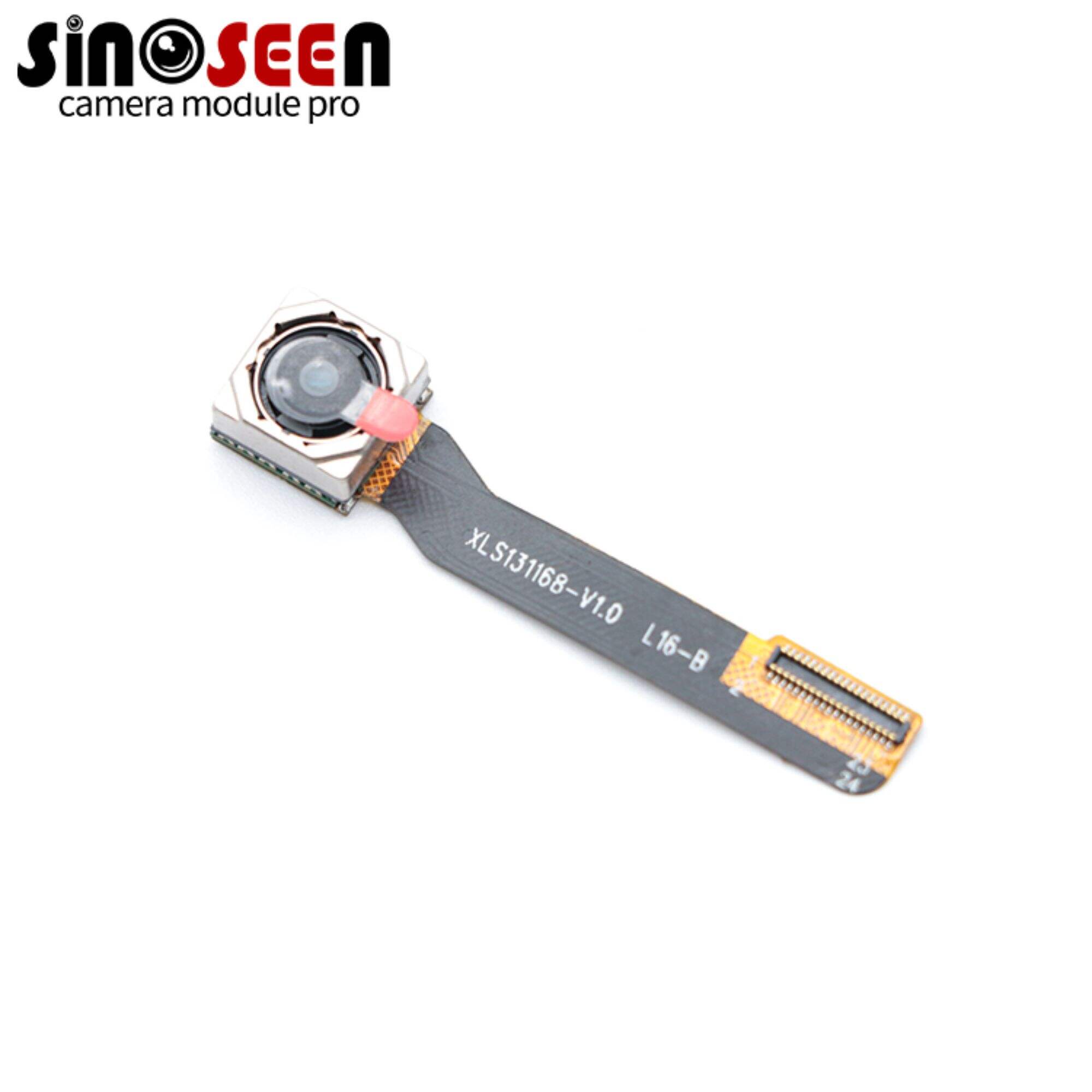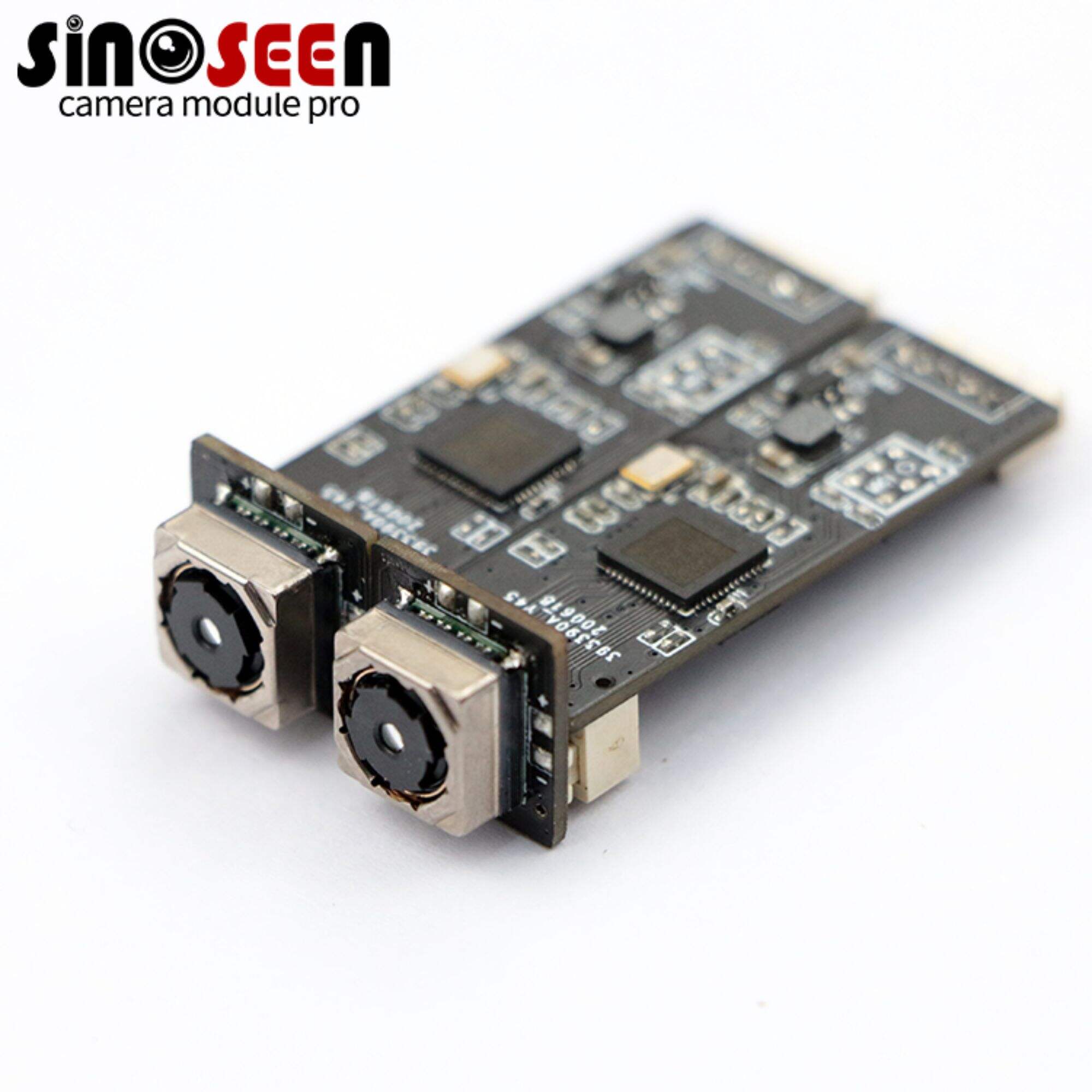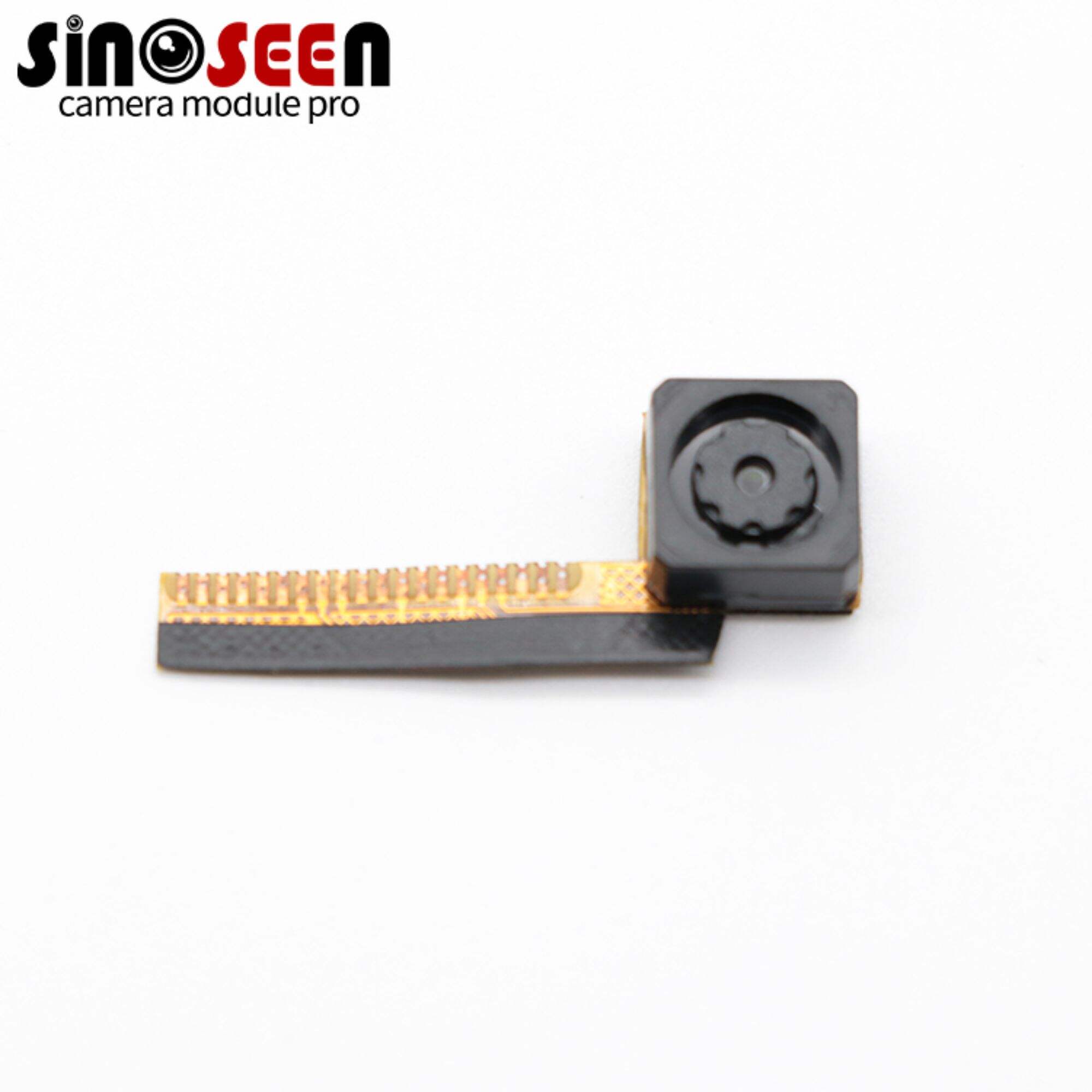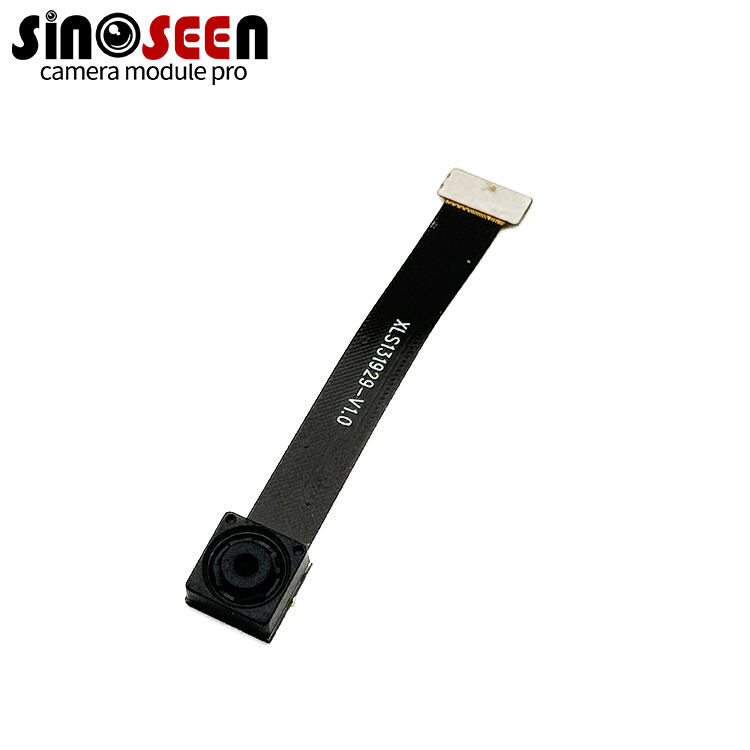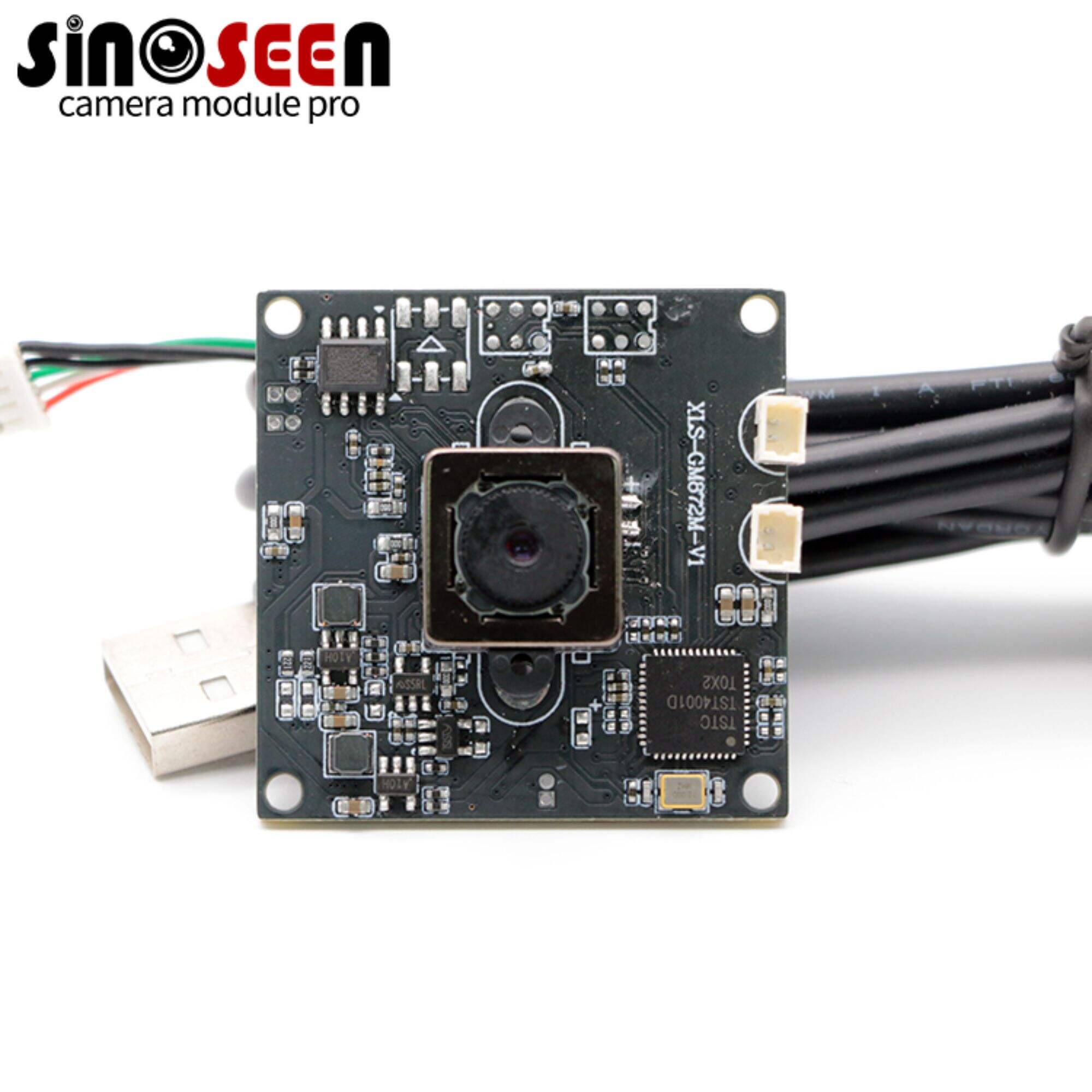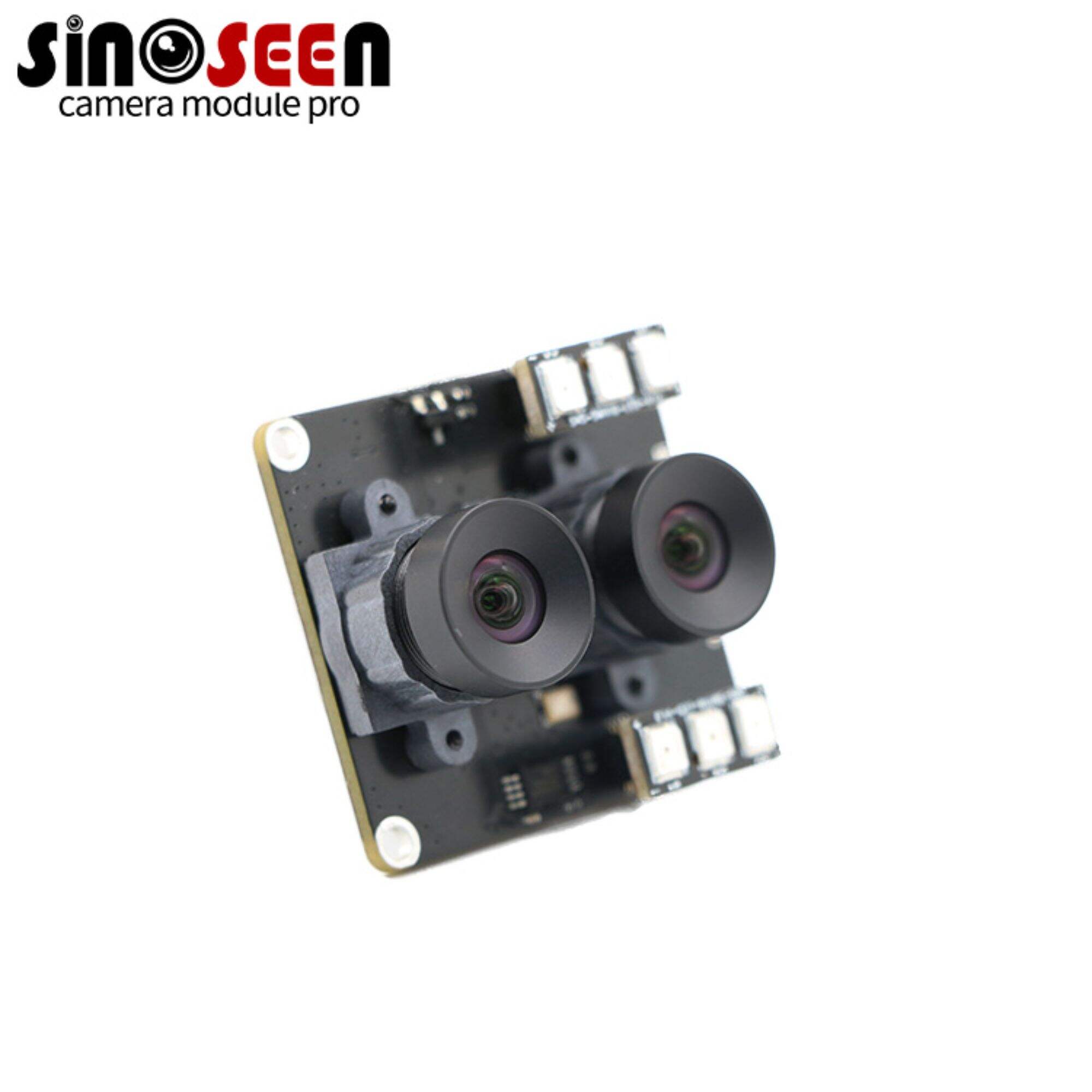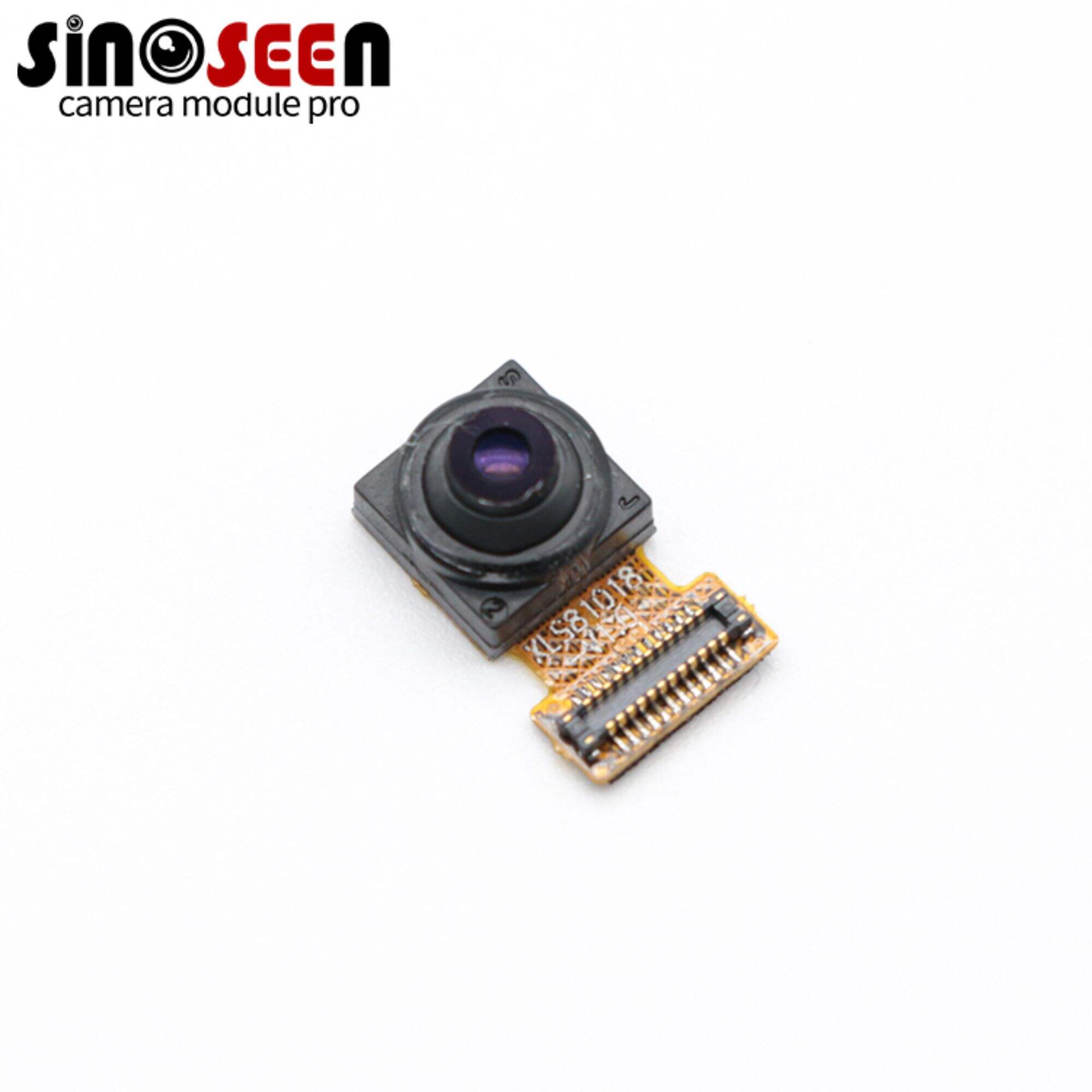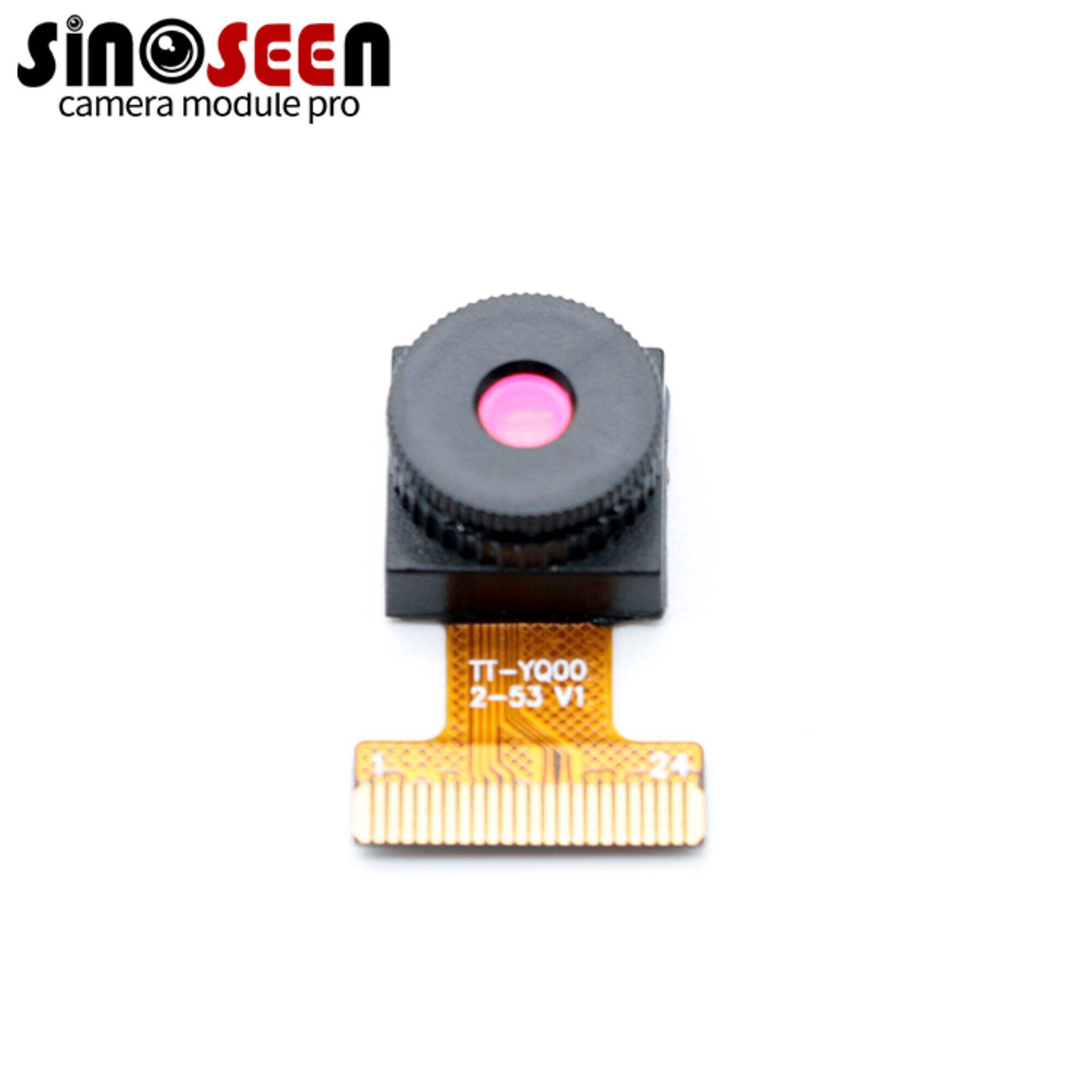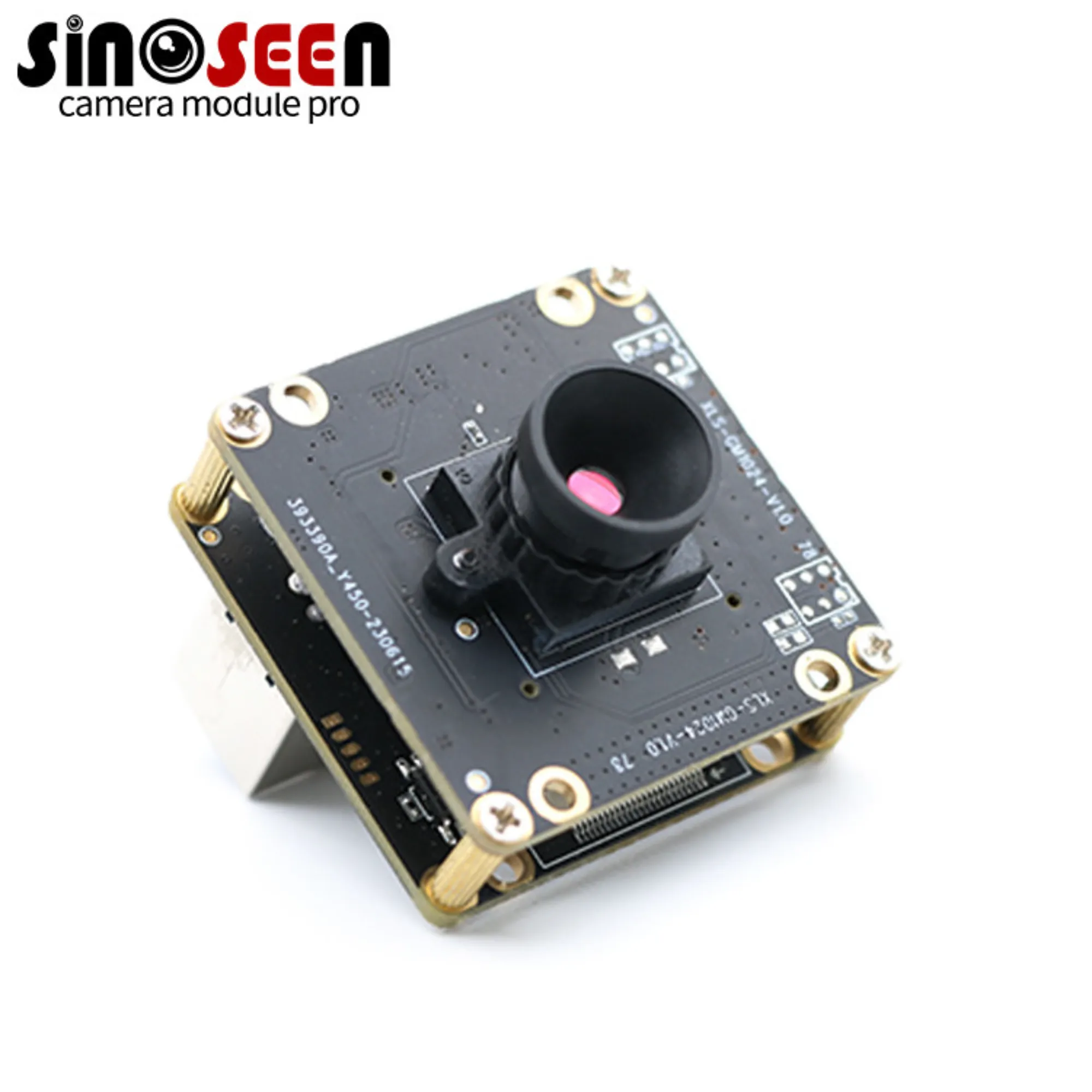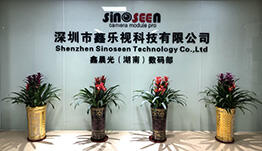The Ultimate Guide to Autofocus Cameras with VCM Technology
The autofocus function is critical with camera because taking the ideal picture largely depends on a camera’s capability of focusing on the subject rapidly and precisely. And auto focus cameras can ensuring better speed and precision than ever manually focused. This guide focuses on autofocus cameras equipped with Voice Coil Motor (VCM) and covers their components, advantages. get through learning more about VCM technology can broaden your view and enhance your skills at taking good shots.
1.What is an Autofocus Camera?
An AF camera is one that can adjust its lens to ensure that the subject in the camera is at focus without any form of adjustment. This technology was first developed in the late 1970s and has since gone through redesigns to become an essential part of modern cameras. AF (auto focus) is an extremely helpful tool in both everyday and professional photography as it enables a photographer to take pictures with realistically high chances of ending up perfectly in focus.
An autofocus camera is a camera that adjusts its focus camera lens auto. Having this feature allows the camera to automatically adjust the focus of the lens without any kind of adjustment to ensure that the subject is clear and crisp.
This autofocused technology was first developed in the late 1970s and has since been redesigned to become an important part of modern cameras. Prior to the invention of autofocus, photographers had to manually focus their lenses, a tedious and time-consuming process that often resulted in blurred images, especially when capturing moving objects.
AF (Autofocus) is a very useful feature in both everyday and professional photography, as it gives the photographer a high chance of achieving perfect focus when taking a photo.

2.Understanding VCM (Voice Coil Motor) Technology
VCM is a type of motor that works with the help of a coil that moves together with the magnetic field. In a camera lens the VCM is used to move the lens elements to obtain desired focal length of the lens. VCMs are also faster and more precise in operation and require less power consumption when compared to other motor types.
The motors system in a camera lens consists of two main components: the voice coil and the permanent magnet. Voice coil Montor principle is that in a permanent magnetic field, the stretching position of the spring is controlled by altering the DC current of the coil in the motor, which consequently moves the lens up and down. The lens elements are mounted with the voice coil and the permanent magnet is secured inside the lens barrel. A voice coil is energized by a current and its interaction with a magnetic field will cause the coil to move back and forth. This movement of the voice coil alters the position of the lens elements thus altering the focusing of the lens.
One of the strong points of VCM technology is the high speed and precision of the lens elements movement. This makes it possible for the camera to achieve focus on the subject in a fraction of a second which allows photographers to shoot sharp images. VCM technology is also less noisy in comparison with other motor types – this feature is essential for photographers who operate in low-noise environments.
3.How Do auto-focus Cameras with VCM Work?
VCM autofocus systems utilize electromagnetic fields to move lens elements.works by measuring the distance between the camera and the subject and adjusting the position of the lens elements until the subject is in focus. There are several types of autofocus mechanisms, including contrast detection, phase detection, and hybrid autofocus.
- Phase Detection Autofocus (PDAF): VCM can be integrated with PDAF systems, which use a dedicated sensor to split incoming light into two images and compare them. This method is fast and accurate, ideal for capturing moving subjects.
- Contrast Detection Autofocus: This method evaluates the contrast within an image to find the optimal focus point. VCM enhances this process by providing finer control over lens movements, improving performance in low-light conditions.
- Hybrid Autofocus: Combining PDAF and Contrast Detection, hybrid systems leverage the strengths of both methods. VCM technology plays a crucial role by ensuring rapid and precise adjustments.
The time required for autofocus using VCM technology is very fast with most cameras focusing in less than one second. This is because VCMs are very fast and can drive the lens elements fast and precisely.
VCM is commonly applied in mobile phone cameras to realize the auto-focus function. With smart motors the position of the lens can be altered in order to provide a distinct image.
4.Types of auto focusing Systems
Autofocus systems vary based on their functionality and the technology used:
- Single-shot Autofocus (AF-S): Ideal for stationary subjects, AF-S locks focus once the shutter button is pressed halfway.
- Continuous Autofocus (AF-C): Suitable for moving subjects, AF-C continuously adjusts focus as the subject moves.
- Automatic Autofocus (AF-A): This mode switches between AF-S and AF-C based on the subject's movement.
5.Several classifications of VCM
Voice coil motors (VCMs) can be categorized based on their construction and design. The following are some of the common classifications of VCMs:
- Moving Magnet Type VCM: In one type of this VCM the permanent magnet is fixed and the coil is moved to adjust the position of the lens elements. This design is typically found in autofocus lenses for digital cameras.
- Moving Coil Type VCM: In this type of smart vcm, the coil is fixed and the magnet is rotated to alter the position of the lens elements. This design is typically used in actuators for hard disk drives and other industrial applications.
- Flat Type VCM: In this type of motors the coil and magnet are both flat and placed parallel to each other. This design is applied in areas where space is a luxury like in mobile phones and other portable gadgets.
- Cylindrical Type VCM: The coil and magnet in this type of VCM are cylindrical in shape and are placed concentrically. This design is often applied in autofocus lenses for digital cameras.
- Linear Type VCM: In this type of smart vcm, the coil and magnet are placed in a linear manner and the motion of the coil is also linear. This design is often employed in actuators for linear motion applications.
- Rotary Type VCM: This type of motors has the coil and magnet in circular configuration and the motion of the coil is rotational. This design is often found in actuators for rotary motion applications.
6.Advantages And Limitations Of VCM-Based Autofocus
VCM-based autofocus offers several advantages over other types of autofocus.
- Improved Speed and Precision: VCMs are capable of precisely controlling the lens elements as well as moving them at high speeds in order for the camera to perform focusing in a relatively short period of time. This is suitable especially to moving objects or shooting in low lightning conditions.
- Enhanced Low-Light Performance: motors allows for further adjustments and thus further enhances the autofocus capability in low light.
- Durability and Reliability: Therefore the VCM systems do not wear and tear as much and hence are more reliable in a long run.
-
low power:Another advantage of employing VCM to drive autofocus is that the power required is not high. Power consumption in VCM motors is comparatively lesser when compared to other motors and this explains the fact that cameras using VCM based Autofocus are capable of capturing pictures for more time on a fully charged battery.
But VCM-based autofocus also has some drawback. The main drawback is the noise emitted by the VCM during its work. Despite the fact that VCMs are not as noisy as other motor types, these motors are still a source of noise and they are audible in quite rooms. This can be a disadvantage to photographers as they require silent shutter mechanism.
One more disadvantage of VCM-based autofocus is the type of the object which the camera can focus on. It is because of the fact that VCMs use contrast or phase detection sensors that can measure the distance of the subject; therefore, they may not be able to focus on subjects that have low contrast or the light conditions are unfavorable. The photographers in such cases may have to switch to manual focus or try other AF mode.
7.Best Autofocus Cameras with VCM Technology And How to Choose
When we need to buy a c-af with vcm Technology, we need to consider a number of factors, and I'll list a few of the main ones below:
- Budget: Determine how much you are willing to spend. Cameras with VCM technology are available across various price ranges.
- Usage: Identify your primary photography needs, such as sports, wildlife,auto focus movie, or portraits.
- Lens Compatibility: Ensure the camera is compatible with the focus point lens you plan to use. VCM technology enhances autofocus performance across different lenses.
8.Common Issues with VCM Autofocus and Solutions
Even with advanced technology, autofocus systems can encounter issues. Here are some common problems and their solutions:
Hunting: The camera repeatedly shifts focus back and forth.
Solution: Increase the contrast in the scene or switch to manual focus.
Slow Focus in Low Light: auto-focus can struggle in dim conditions.
Solution: Use a lens with a wider aperture or add auxiliary lighting.
Inaccurate Focus: This can occur with fast-moving subjects.
Solution: Use continuous autofocus mode and track the subject carefully.
9.Tips for Maximizing VCM Autofocus Performance
To get the most out of your VCM camera auto focus, follow these tips:
- Optimize Settings: Adjust settings like af mode and focus points based on your shooting scenario.
- Use Appropriate Lenses: Lenses with wider apertures allow more light, aiding faster focus.
- Practice Techniques: Develop skills such as half-pressing the shutter button to pre-focus and smoothly tracking moving subjects.
10.Future Trends in Autofocus and VCM Technology
The future of autofocus and VCM technology is promising, with several exciting trends emerging:
- AI-Driven Autofocus: Artificial intelligence is enhancing focus accuracy, predicting subject movements, and improving face and eye detection.
- Advanced Tracking Systems: Enhanced tracking algorithms are being developed to better follow subjects across the frame.
- Integration with Augmented Reality (AR): AR can provide real-time feedback and assist in focusing, especially in complex environments.
FAQ:
what is af-c?
AF-C, or "Autofocus Continuous," is a camera autofocus mode designed to track and maintain focus on a moving subject.
why is my camera not focusing?
If your camera is not able to focus, there could be multiple reasons behind this issue. You can step by step check the lens, focus mode, focus points and settings, lighting conditions and if the camera is malfunctioning.
Autofocus cameras with VCM technology have transformed photography, offering unparalleled speed, accuracy, and convenience. Whether you are a beginner or a seasoned professional, understanding and utilizing VCM technology can significantly enhance your photographic capabilities. Explore the best models and make an informed decision to capture the world with clarity and precision.

 EN
EN
 AR
AR
 DA
DA
 NL
NL
 FI
FI
 FR
FR
 DE
DE
 EL
EL
 HI
HI
 IT
IT
 JA
JA
 KO
KO
 NO
NO
 PL
PL
 PT
PT
 RO
RO
 RU
RU
 ES
ES
 SV
SV
 TL
TL
 IW
IW
 ID
ID
 SR
SR
 VI
VI
 HU
HU
 TH
TH
 TR
TR
 FA
FA
 MS
MS
 IS
IS
 AZ
AZ
 UR
UR
 BN
BN
 HA
HA
 LO
LO
 MR
MR
 MN
MN
 PA
PA
 MY
MY
 SD
SD

